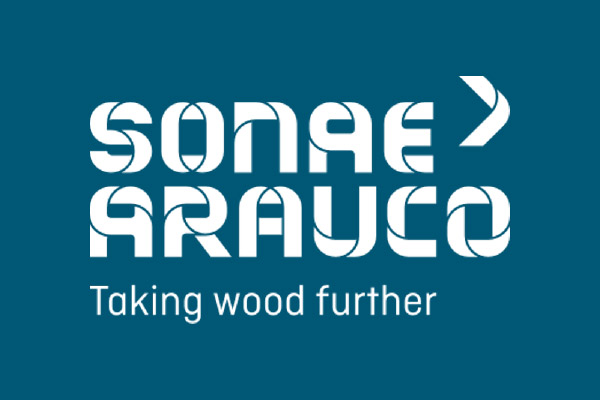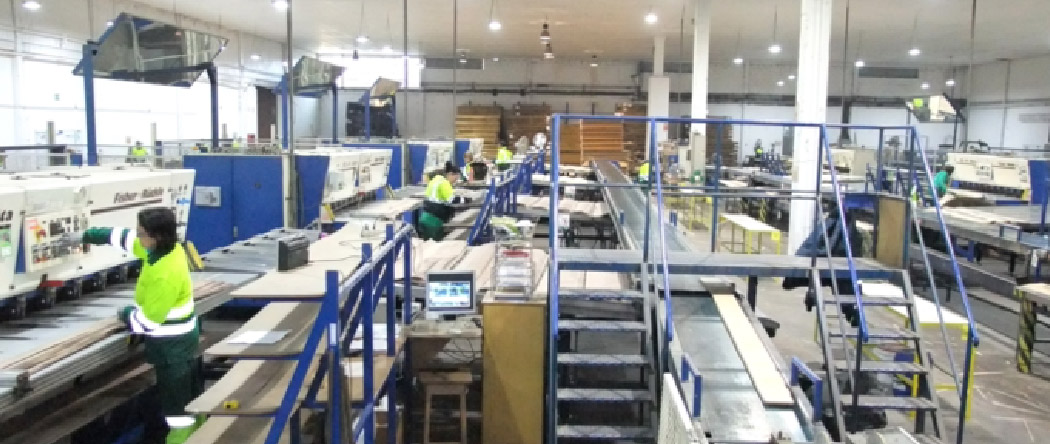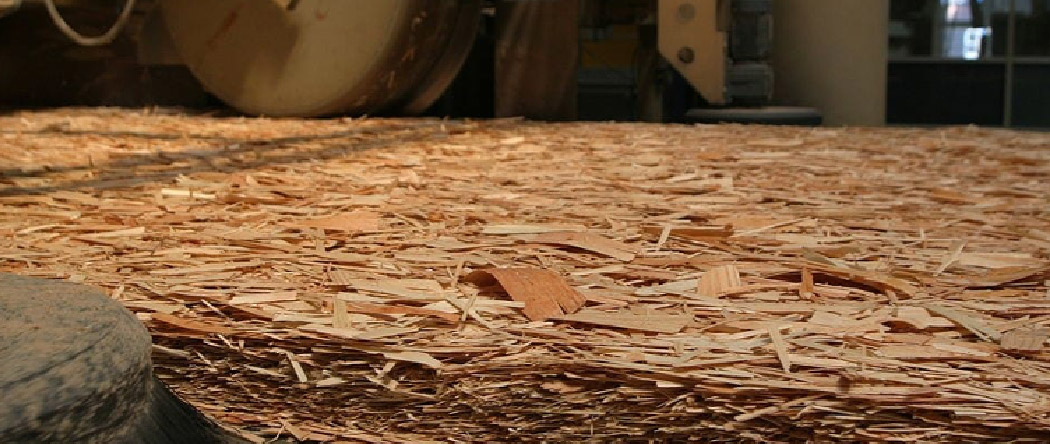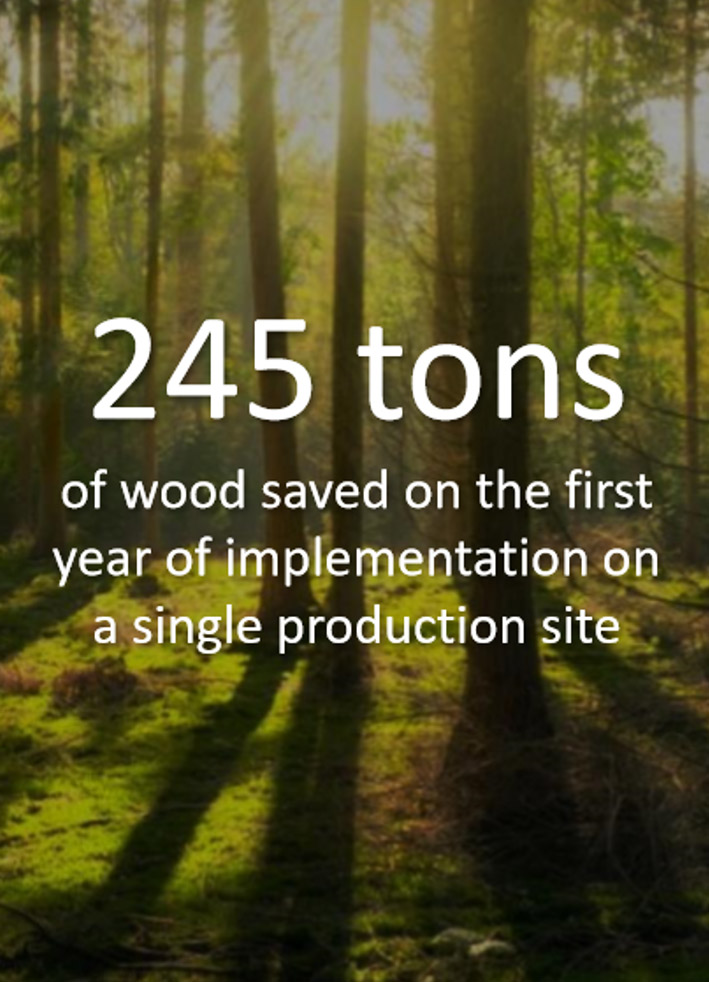INNOWAVE USE CASES
Zero Defects Project for Sonae Arauco
ViGIE+ DEPLOYED FOR
Zero Defects Project for Sonae Arauco
Built to Heal

The product was e-launched by Karnataka’s Health Minister along with other bureaucrats.
Data-driven Decision Support System that improves manufacturing decision making with predictive approach to ensure consistent level of product quality (towards zero defects), while generating higher production efficiency and cost-efficient product development.
From an IoT perspective the most critical points to be Managed are:
- Connectivity between all the core machines involved in the process;
- Control over the appropriate communications paths and scheduling;
- Monitor Data Orchestration to improve recipes;
- Operational KPIs to monitor the quality of the Product.
CONTEXT
Sonae Arauco first implemented the connected factory project, being the foundation for the Zero Defects project, providing:
- Automation & sensorization for collecting real-time data from shop floor processes;
- Integration with legacy systems & data silos;
- Increase of technology & equipment digital convergency;
- Definition & roadmap for an Industrial Architecture, integrating IT & OT assets & capacities.

CHALLENGE
Ensure consistent high level of product quality is a challenging goal:
- higher quality standards from clients;
product combinations are multiplying, introducing additional complexity;
higher propensity to defects that generate wastage of resources.
Can we use manufacturing data and artificial intelligence to anticipate defects, save resources and empower the shop-floor staff?
- A ZDM challenge is automating the analysis of vast amounts of data which requires the adoption of decision-making systems (Wang 2013).

TECHNOLOGIES
SOLUTION
Manufacturing process and production flow analysis:
- process key parameters impacting quality;
defect categorization.
Connect & collect data, integrate different systems & data sources (IT & OT), adapt interoperability.
Data-driven Decision Support System to:
- train predictive models to map production;
- analyze production orders;
- check raw materials conditions;
- predict defect probability per production order
- signal quality issues;
- recommend concrete actions to the staff.

BENEFITS
- Reduce production costs through defect prevention and the optimal use of resources;
- Improve product quality through the reduction of defects
- Sustainable use of resources, such as, wood, chemicals, energy and time;
- Help shop-floor staff through better decision making;
- Efficient production through smart recommendations;


